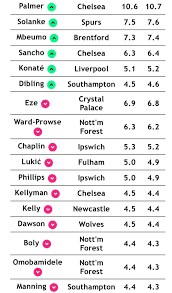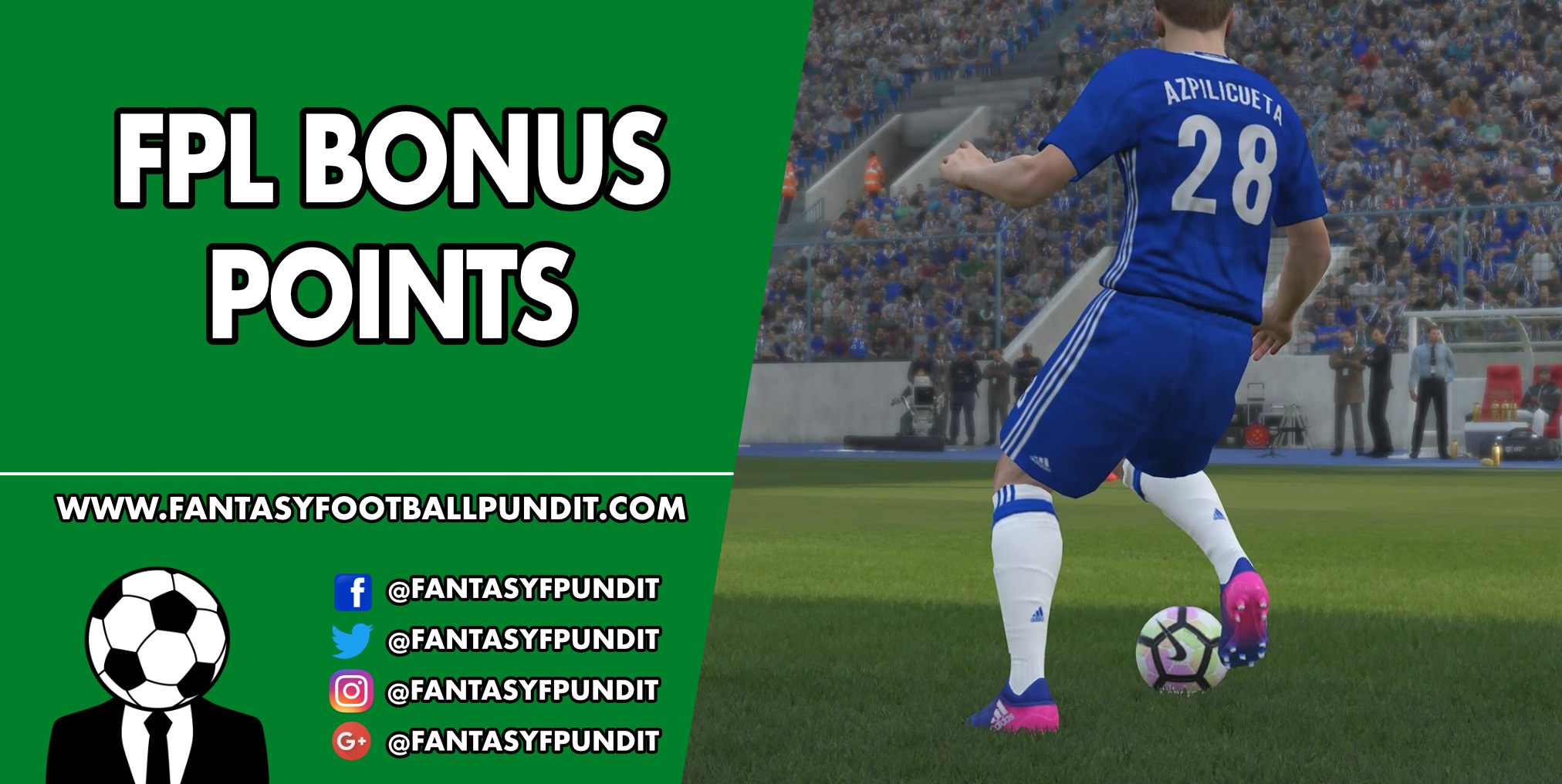
Introduction
Fantasy Premier League (FPL) is one of the most engaging ways for football fans to connect with the game while showcasing their managerial skills. One critical aspect that can significantly influence a player’s performance and strategy is price changes. These fluctuations can impact how managers build their squads, make transfers, and ultimately, their fantasy league outcomes. This article delves into the recent trends concerning FPL price changes, their implications, and strategies for adapting to them.
What Causes Price Changes?
In FPL, player prices are dynamic and can change based on various factors. The primary drivers include:
- Transfer Activity: When a player is transferred frequently in and out of teams by FPL managers, it influences their market value.
- Performance Metrics: Goals, assists, and clean sheets contribute majorly to players’ price rises, while poor performances can lead to decreases.
- Popularity: A surge in a player’s purchases can lead directly to an increase in their price, hence influencing managers’ decision-making.
Recent Price Changes Trends
As of the latest gameweek, the market has seen notable fluctuations. For instance, several high-performing players like Erling Haaland and Mohamed Salah experienced price rises due to their stunning performances in recent matches. Conversely, some players such as Raheem Sterling have faced price drops following a string of lacklustre outings.
Analysing the recent patterns, players who maintain a consistent level of performance and participate in matches frequently display more stable price levels. Conversely, injuries or lack of game time often trigger price decreases, forcing managers to reconsider ownership of affected players.
Strategies for Managing Price Changes
To navigate the ever-changing landscape of FPL pricing, managers can adopt several strategies:
- Stay Informed: Regularly checking FPL forums and social media platforms can help managers predict potential price changes.
- Timing Transactions: Making transfers or selling players ahead of anticipated price drops can retain value in a fantasy squad.
- Invest in Rising Talents: Recognising up-and-coming players before their prices shift can give managers a significant head start in the season.
Conclusion
In conclusion, staying updated on FPL price changes is crucial for any fantasy football manager aiming to stay competitive. The ability to predict and respond to fluctuating player prices not only maximises a manager’s squad value but can be the determining factor in a successful fantasy season. As the FPL evolves each gameweek, so too must the strategies of its participants, ensuring they remain at the forefront of this exhilarating game.
You may also like

Understanding FPL Bonus Points and Their Impact

Understanding FPL Price Changes and Their Implications
